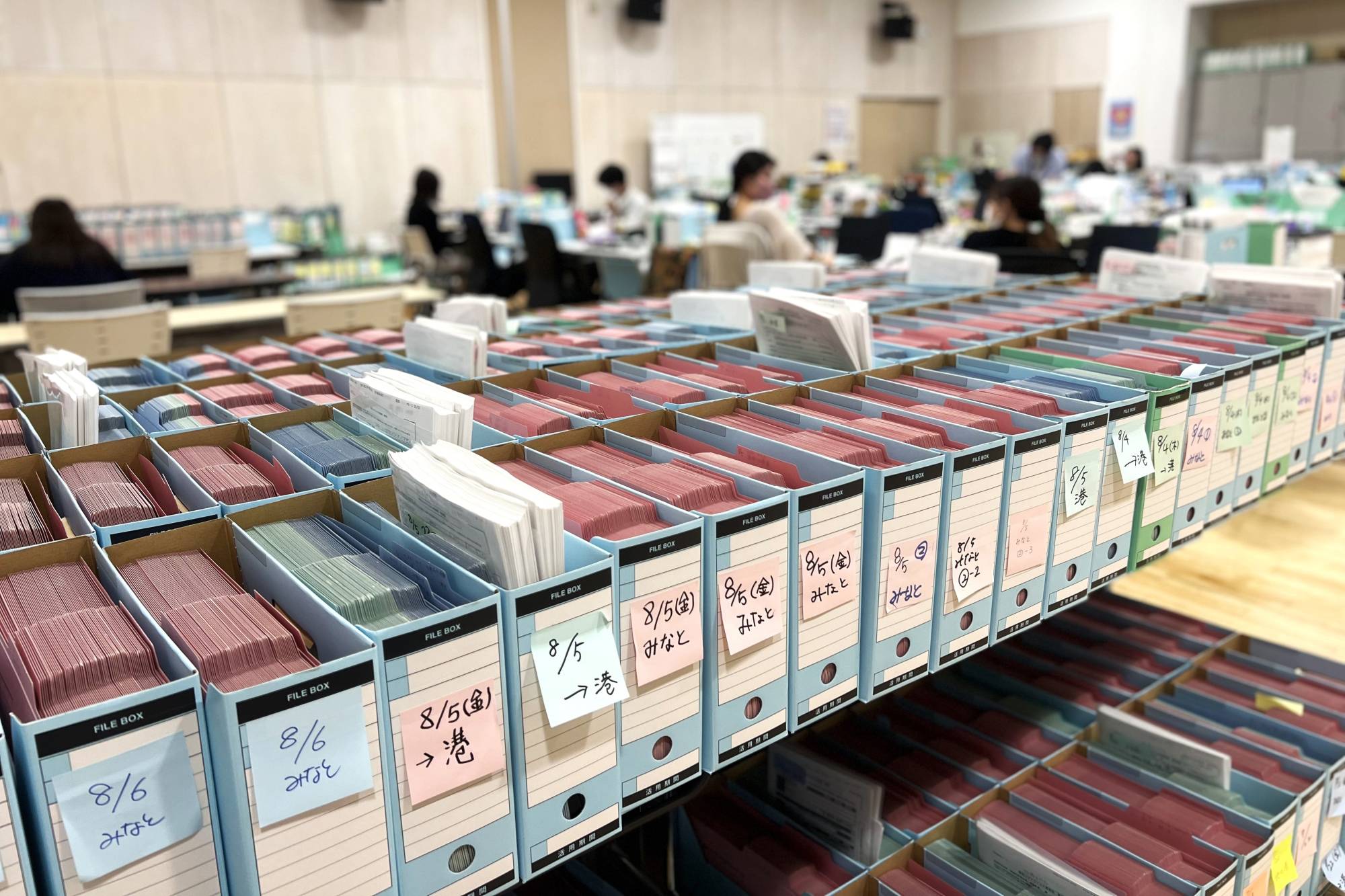Japan’s seventh wave of coronavirus infections, which began in late June and peaked in late August, was the largest yet for the country, with daily new cases topping 200,000 at one point to make it the world’s No. 1 COVID-19 hot spot for weeks.
While the wave of infections — fueled by the BA.5 subvariant of the omicron variant — has subsided, some important questions remain unanswered.
Why did cases soar to such heights? Did some measures introduced in the middle of the wave, such as the simplified reporting of cases, help ease the burden on the health care system? And what lessons did the country learn as another wave looms, possibly in the winter?



















With your current subscription plan you can comment on stories. However, before writing your first comment, please create a display name in the Profile section of your subscriber account page.